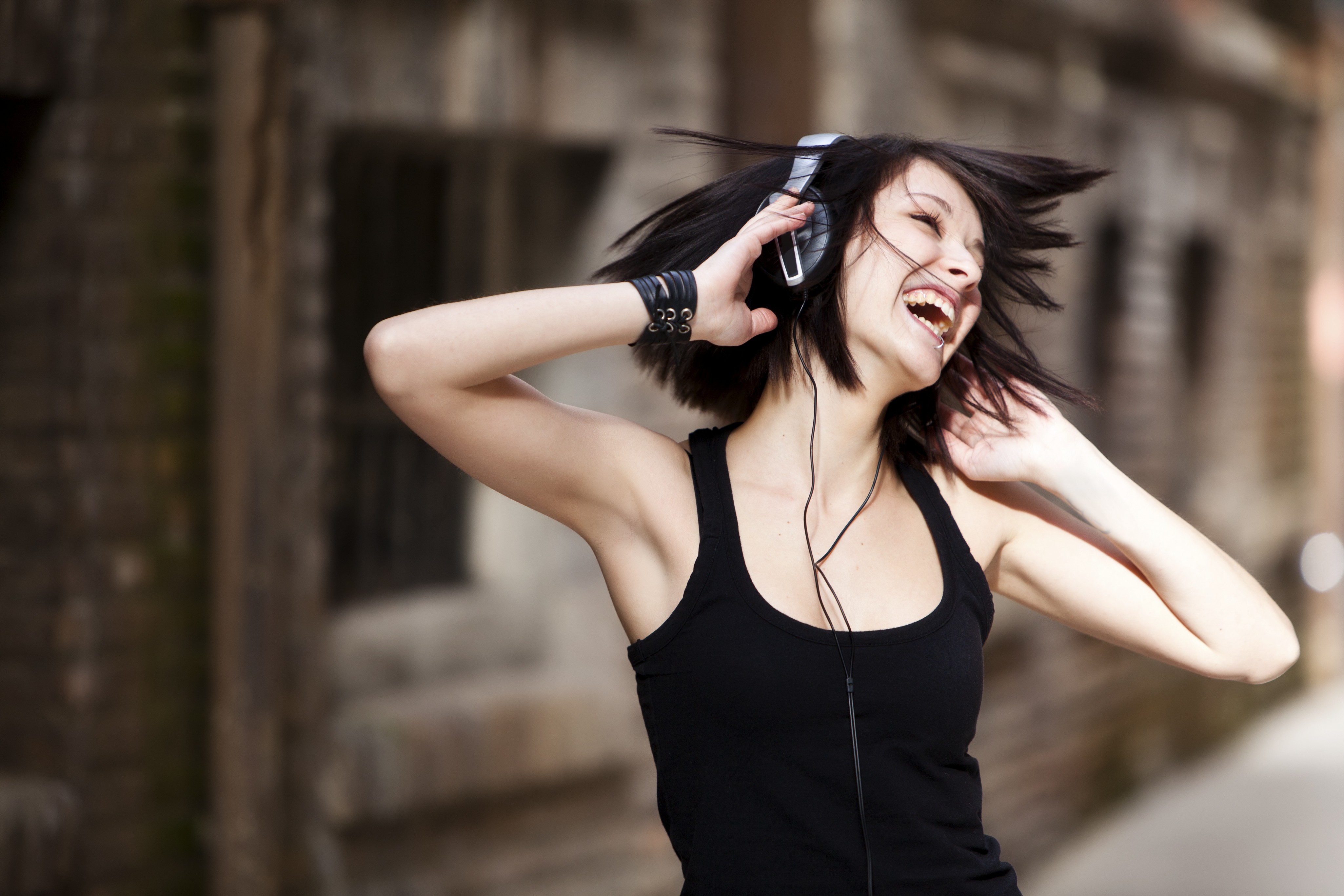You know that feeling when certain music makes your skin crawl. When the right songs are on our "playlist", our body goes on a physiological party. Our heart rate quickens, our pupils dilate, our body temperature rises, blood is diverted to our legs and our cerebellum becomes more active. The brain floods with dopamine and our skin tingles. Why is this happening to us? What is the reason we get goosebumps when listening to certain songs?
About 50 percent of people get chills when listening to music. Research shows that this is because music stimulates an ancient pathway to the brain's reward center, thereby stimulating dopamine, to flood the striatum—the part of the forebrain activated by addiction, reward, and motivation. Music clearly affects the brain same as sex, gambling and potato chips.

Oddly enough, these dopamine levels can peak a few seconds before that special moment in the song. That's because our brains are good listeners—they're constantly predicting what the next step will be (evolutionarily speaking, it's a convenient habit that allows for good predictions and decisions that are necessary for survival).
But music is complicated. It can be unpredictable, it irritates our brains and challenges dopamine. And here comes the skin irritation. When we hear the long-awaited chord, the striatum sighs with dopamine-soaked satisfaction, and boom—there's goosebumps, chills. The better the introduction to this chord, the more our skin crawls.
READ MORE: The best "feel good" song of all time
Our skin can get so goosebumps at any genre - be it Mozart, Madonna, tango or techno - what counts is song structure. Our skin most often gets goosebumps when something unexpected happens: a new instrument may enter, the composition may change, the volume may change. It's all in the element of surprise.





